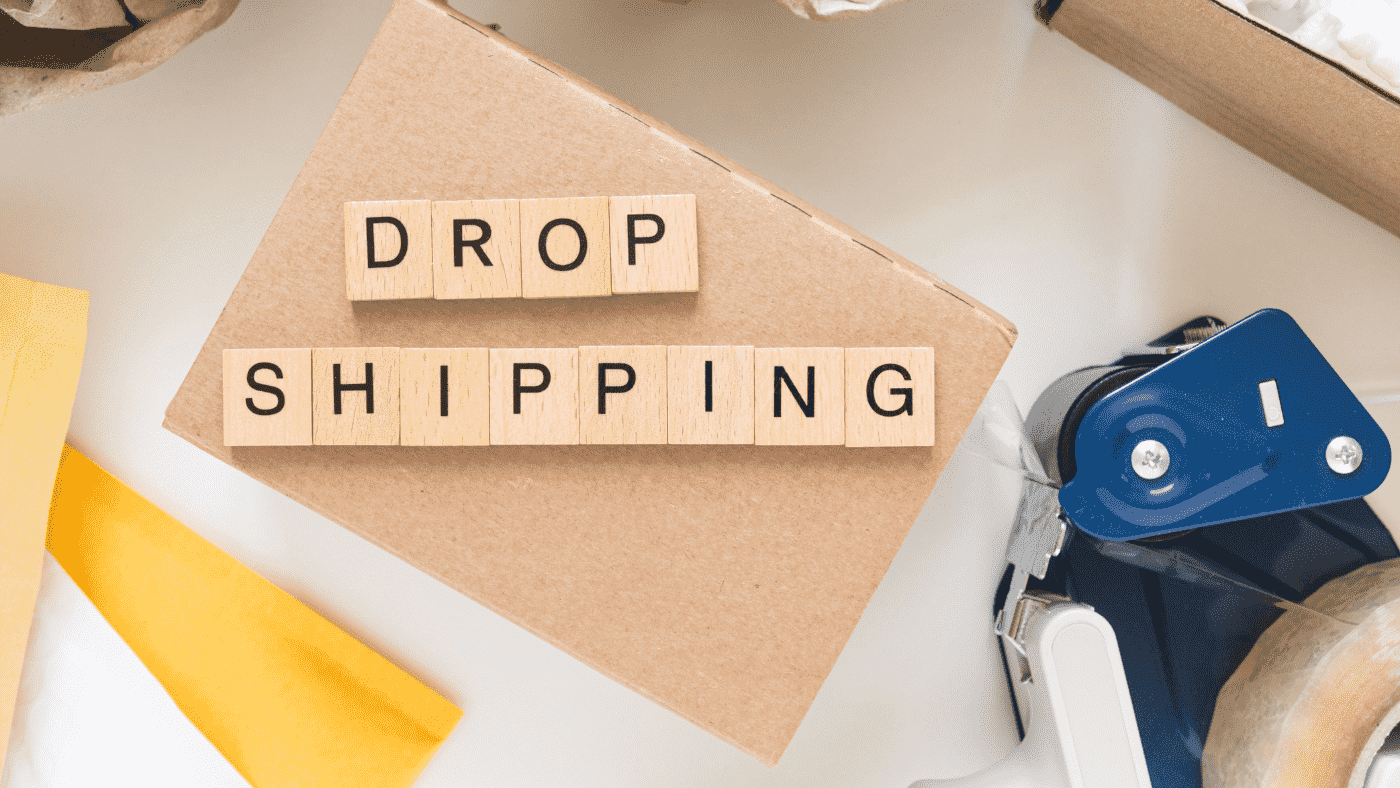
Dropshipping Business: The Ultimate Guide to Starting and Succeeding in Dropshipping
Starting a dropshipping business has become an increasingly popular way for entrepreneurs to enter the world of e-commerce. Dropshipping is a retail fulfillment method where a store doesn’t keep the products it sells in stock. Instead, when a customer makes a purchase, the store purchases the item from a third-party supplier and has it shipped directly to the customer. In this ultimate guide, we’ll walk you through the essential steps to starting and succeeding in your dropshipping venture.
Before diving into the details of starting a dropshipping business, it’s crucial to understand the benefits and challenges of this business model. Dropshipping offers several advantages, such as low startup costs, flexibility in product offerings, and the ability to operate from anywhere with an internet connection. However, it also comes with its fair share of challenges, including intense competition, potential inventory and shipping issues, and lower profit margins compared to traditional retail models. Understanding these factors is essential for setting realistic expectations and developing a solid business plan.

Step 1: Choose a Niche and Product
The first step in starting a dropshipping business is to identify a niche and select the products you want to sell. It’s essential to choose a niche that aligns with your interests and has a proven demand in the market. Conduct thorough research to identify trending products, analyze competitor offerings, and assess the potential profitability of your chosen niche.
When selecting products, consider factors such as product quality, supplier reliability, shipping times, and profit margins. Look for products that have a high demand, low competition, and the potential for repeat purchases. It’s also important to ensure that the products you choose can be easily sourced from reliable suppliers who can fulfill orders promptly and maintain consistent quality.
Step 2: Find Reliable Suppliers
Once you’ve identified your niche and products, the next step is to find reliable suppliers. Dropshipping relies heavily on the performance of your suppliers, as they are responsible for storing, packaging, and shipping the products directly to your customers. Research potential suppliers thoroughly, and look for those with a proven track record of quality products, timely fulfillment, and excellent customer service.
There are various ways to find dropshipping suppliers, including online directories, supplier marketplaces, and attending trade shows. Popular platforms like AliExpress, SaleHoo, and Worldwide Brands can be great starting points for finding reliable suppliers. Establish clear communication channels with your chosen suppliers, and negotiate terms such as pricing, shipping times, and return policies to ensure a smooth partnership.
Step 3: Set Up Your Online Store
With your niche, products, and suppliers in place, it’s time to set up your online store. Choose an e-commerce platform that suits your needs and budget, such as Shopify, WooCommerce, or Magento. These platforms offer user-friendly interfaces, customizable templates, and various tools to help you create and manage your online store effectively.
Design your store with a clean and professional layout, focusing on easy navigation, compelling product descriptions, and high-quality product images. Ensure that your store is mobile-friendly and optimized for search engines to maximize your visibility and attract potential customers.
Step 4: Market Your Dropshipping Business
Marketing is crucial for driving traffic to your online store and generating sales. Develop a comprehensive marketing strategy that includes various channels such as social media, email marketing, content marketing, and paid advertising. Leverage platforms like Facebook, Instagram, and Google Ads to reach your target audience and showcase your products.
Create engaging and informative content that educates your audience about your products and provides value beyond the sale. Utilize email marketing to nurture leads, promote special offers, and build customer loyalty. Continuously analyze and optimize your marketing efforts to maximize their effectiveness and ROI.
Step 5: Manage Your Operations and Customer Service
Effective management of your dropshipping operations is essential for long-term success. Implement systems and processes to streamline order processing, inventory management, and customer communication. Use automation tools to simplify tasks such as order tracking, invoice generation, and customer notifications.
Provide exceptional customer service to build trust and foster loyalty among your customers. Respond promptly to inquiries, address concerns, and handle returns or refunds professionally. Continuously gather feedback from your customers and use it to improve your products, services, and overall customer experience.
Conclusion
Starting a dropshipping business can be a rewarding and profitable venture, but it requires careful planning, dedication, and continuous optimization. By following the steps outlined in this guide, you can establish a strong foundation for your dropshipping business and increase your chances of success. Remember to stay adaptable, continuously learn from your experiences, and stay up-to-date with industry trends and best practices. With perseverance and a customer-centric approach, you can build a thriving dropshipping business that provides value to your customers and achieves your entrepreneurial goals.


